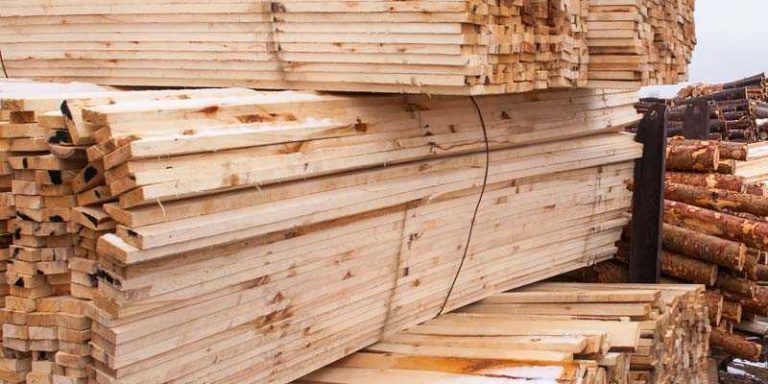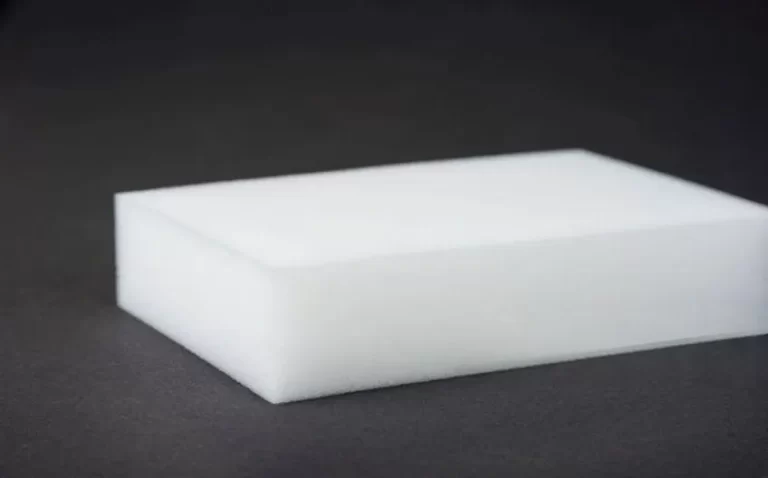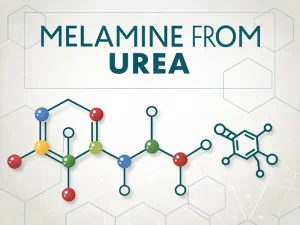
Melamine Packaging
Tech Blog Melamine packaging For manufacturers, inaccurate packaging not only fails to meet national standards but also increases labor costs and the risk of product

You almost certainly used melamine products today, even if you didn’t realize it. From the durable plates you use for lunch to the smooth surface of your desk, this versatile material is an indispensable cornerstone in modern manufacturing. Melamine powder is a white crystalline organic compound with the chemical formula C₃H₆N₆. With excellent heat resistance, chemical stability, and multifunctionality, it has become a key raw material in many industrial and commercial fields.
Excellent hardness and durability: Melamine products have strong resistance to scratching, cracking, and fracture.
Heat resistance: Melamine maintains structural stability at 350 ℃ (662 ℉) and withstands high temperatures without deformation, making it an ideal choice for kitchen utensils (but not for microwave ovens).
Flame retardancy: Melamine contains natural nitrogen and can be used as a natural flame retardant.
Chemical and stain resistance: The nonporous surface resists stains from food, grease, and mild chemicals, making it easy to clean.
Hardness and rigidity: Melamine-based materials are tough, impact-resistant, and suitable for products with high wear requirements.
Excellent electrical insulation: It is non-conductive, making it safe for electrical components.
Beautiful and diverse: Melamine resin can be made into various colors and can present complex patterns and designs.
The primary use of melamine powder is to manufacture melamine formaldehyde (MF) resin, which is a thermosetting plastic formed by the reaction of melamine and formaldehyde under heating and pressure conditions. The core advantages of this type of resin include:
Water resistance: Unlike urea-formaldehyde resin, MF resin has strong waterproofing properties and is suitable for humid environments.
Scratch-resistant and stain-resistant: The formed surface is hard and smooth, resistant to daily wear, and easy to clean.
Terminal products:
Decorative laminated board: a decorative laminated board used for furniture panels, countertops, and flooring (such as Fumijia board), where MF resin bonds paper or fabric layers to form a durable decorative surface;
Mold plastics: used in the production of tableware, electrical switches, automotive components, etc. – these products need to have both heat resistance and rigidity;
Adhesive: A high-strength adhesive used in the woodworking and construction fields, especially suitable for outdoor or humid environments.

Melamine powder is a key component of flame-retardant materials, and its core principle is to release nitrogen gas at high temperatures, dilute the oxygen around the flame, and thus slow combustion.
Application Scenario:
Textiles: added to fabrics (such as children’s clothing, furniture, curtains) that meet fire safety standards (such as ASTM D6413 flame retardant testing standard);
Plastic: mixed with polymers such as polypropylene and polyurethane, used for electronic devices (such as laptop casings), automotive components, and building insulation materials to reduce flammability;
Coatings: Incorporating industrial coatings, used for steel structures, walls, and pipelines to enhance the fire resistance of commercial buildings and factories.
Under strict control and compliant use, melamine powder can be used in agricultural scenarios:
Improving nitrogen content: Melamine has a nitrogen content of up to 66% (by mass), which can help plants synthesize protein. It is occasionally used as a slow-release nitrogen fertilizer, but due to its high cost, its application is not as common as other fertilizers.
Improving feed efficiency: In some regions, a minimal amount of melamine will be added to animal feed to increase protein content detection values. But this practice is strictly regulated, and excessive addition can harm the health of livestock and humans.
Melamine powder endows building materials with durability and high performance:
Concrete admixture: A small amount of a melamine-based high-efficiency water reducer (a type of concrete additive) can reduce water consumption, improve workability and strength, and is especially suitable for high-strength concrete or self-compacting concrete.
Thermal insulation material: Melamine foam is a lightweight, flame-retardant material used in buildings, household appliances, and automobile interiors, with excellent sound absorption and thermal insulation properties.
Metal coating: Melamine-based coating can protect steel and aluminum from corrosion, extend the service life of bridges, pipelines, and industrial equipment.

The heat resistance and electrical insulation properties of melamine powder make it indispensable in the field of electronics.
Circuit board: MF resin is used as a laminating material for printed circuit boards (PCBs) to provide insulation and structural stability in high-temperature environments.
Electrical switches and connectors: Melamine molded parts can withstand the heat generated by current, reducing the risk of short circuits or melting.
LED shell: Melamine-based plastic protects LED bulbs from high-temperature damage and extends their service life.
Toxicity risk: High doses of melamine can cause kidney damage in humans and animals; therefore, its use in food-contact materials (such as tableware) is strictly regulated (for example, the US FDA requires that melamine migration into food be less than 2.5 ppm).
Operation protection: Melamine powder is irritating to the skin and eyes. Operators should wear gloves, goggles, and a dust mask to avoid inhaling or coming into direct contact with dust.
Environmental treatment: Melamine is not readily biodegradable, and waste must be disposed of in accordance with local regulations. It is recommended to dispose of it through recycling or controlled incineration (in professional facilities).
To ensure the effectiveness of use, the following points should be noted when selecting melamine powder:
Purity: High-purity powder (over 99%) is the key to ensuring the stability and flame-retardant effect of resin production.
Particle size: Fine-grained powders dissolve more readily in the resin, improving mixing efficiency.
Compliance certification: Prioritize selecting products that comply with industry standards such as ISO and REACH to ensure safety and quality.
As a Chinese melamine manufacturer, Jinjiang provides the highest quality melamine powder. Please get in touch with us if you need it!

Tech Blog Melamine packaging For manufacturers, inaccurate packaging not only fails to meet national standards but also increases labor costs and the risk of product

Tech Blog How to Detect Melamine in Textiles? Melamine powder, a nitrogen-containing heterocyclic compound, is widely used in flame-retardant textiles and plastic products due to

Tech Blog melamine from urea Melamine is well-known for its wide range of applications, but its raw material for production is surprisingly urea. For manufacturers,

JINGJIANG MELAMINE POWDER
© JINJIANG MELAMINE